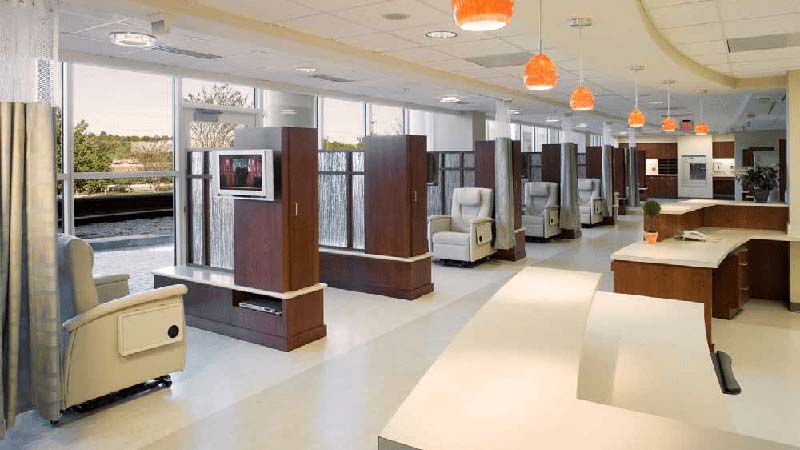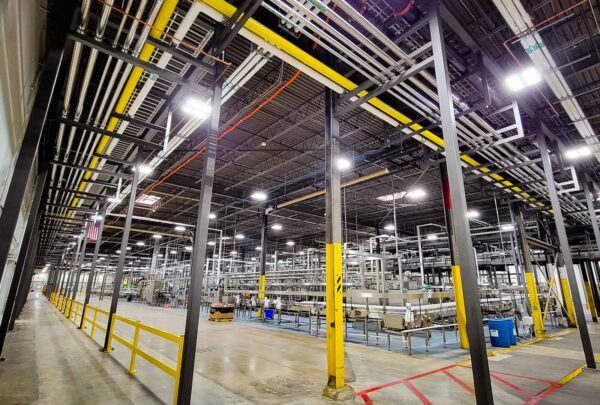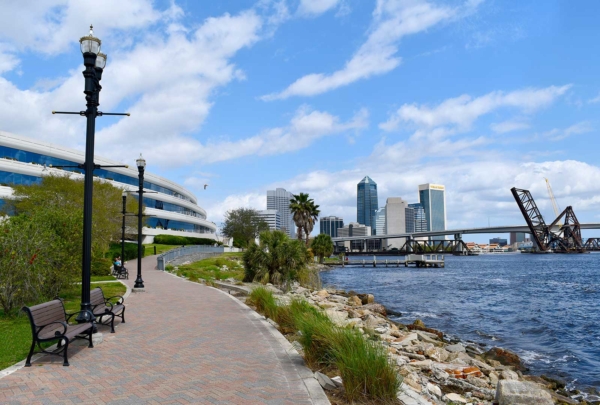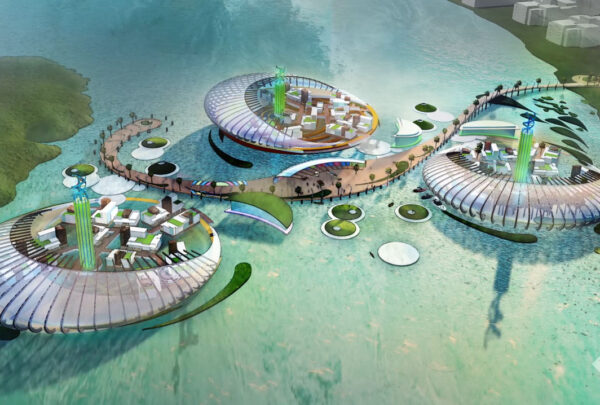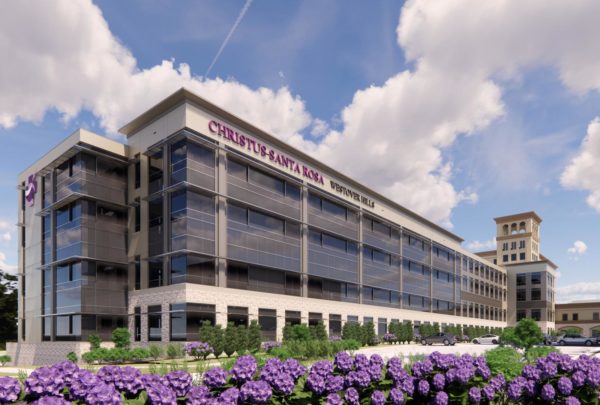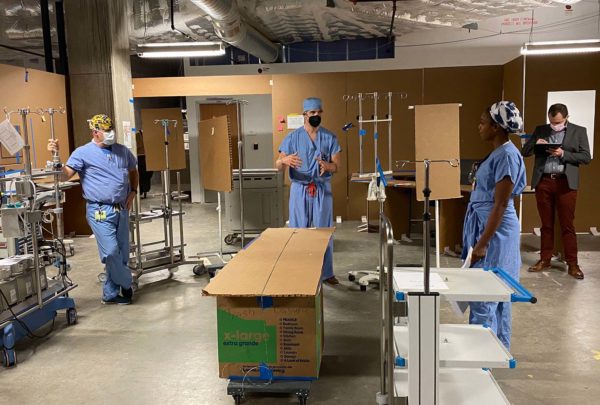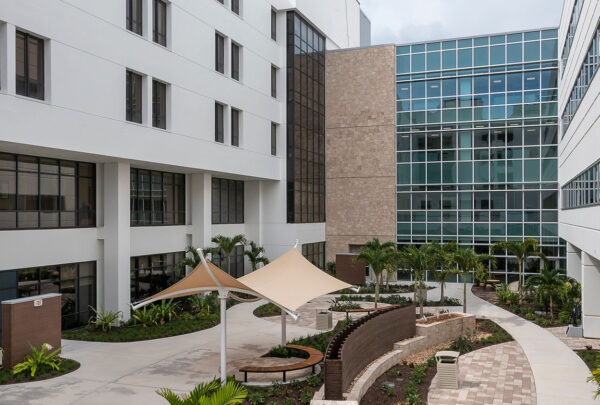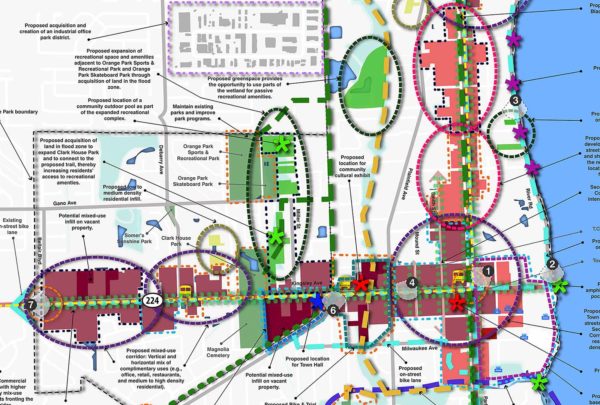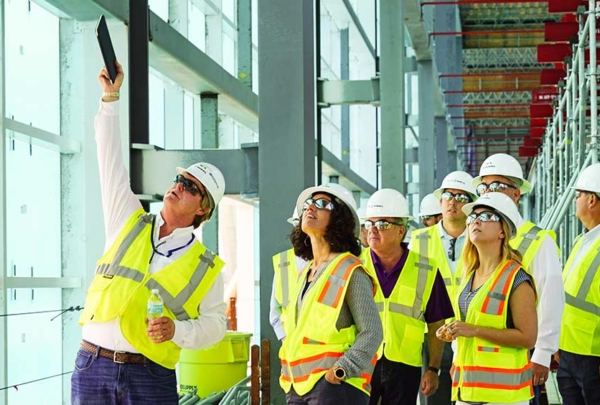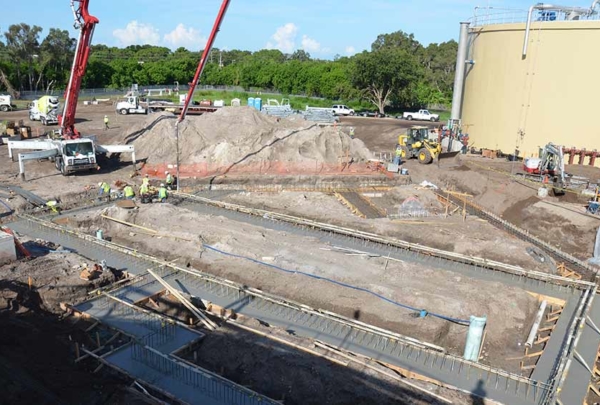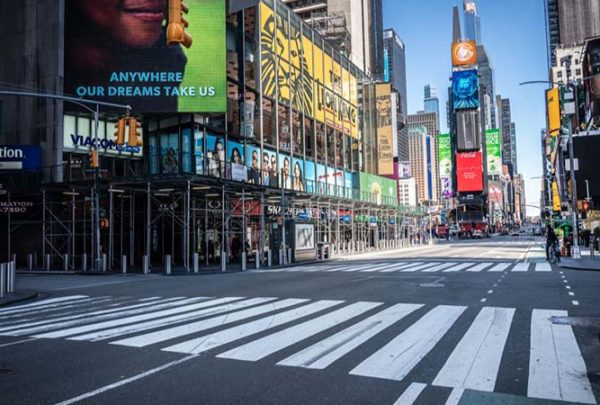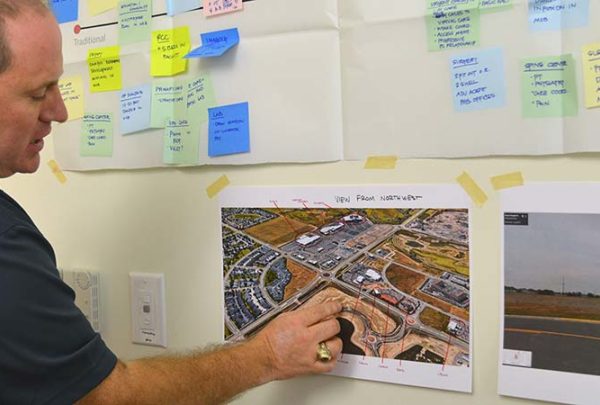Either directly or indirectly, many of us have been affected in some way by one of the more than 100 different forms of cancer. Cancer’s rising prevalence has created an increased need for more space or the modernization of existing facilities based on the evolution of new, more innovative approaches in cancer research and treatment.
Healthcare designers and builders have very different deliverables related to a project, but they share the same common goal: to design and build things that matter and that may contribute to a positive experience when circumstances suggest otherwise.
The built environment, or the physical space we occupy, can affect our health and can be correlated with some conditions. For example, pollution from cars and industrialization can be linked to asthma and other respiratory diseases. This correlation also exists in cancer, with some researchers connecting our increasingly sedentary lifestyles with a rise in certain types of cancer.
But if the built environment can contribute to increases in conditions, can it also help facilitate a more healing environment, especially for cancer patients?
Healthcare design professionals are typically afforded a unique perspective into oncology, from initial design concepts through completion. The healthcare clinicians and professionals engaged in prevention, diagnosis, and treatment have insight on both the patient care experience as well as the needs of the clinical staff. This knowledge, when properly harnessed, translates well to the built environment.
We have witnessed major transitions over the past few years in advanced technology, which has been shown to improve outcomes. These improvements, along with a culture that fosters a patient-first mentality, create a healing environment. The other component is a facility that can support this thought process.
A good example of how facilities have evolved to create an environment of care is the emphasis on chemo infusion areas. There are varying degrees of chemo sessions, but they can usually last for a while, so the trends have focused on comfort, location, and amenities. No longer are these located in whatever space is available; they now command prime locations, which may be on an upper level with expansive amounts of glass to give patients a pleasant view. Putting a patient in this type environment, coupled with the patient-first mentality, gives the patient a better opportunity for a more positive outcome.
Most caregivers are aware that a cancer diagnosis and subsequent treatment can be a life-changing event. They also deal with this reality on a daily basis, which can be a factor with their own individual stress level. When we design and build things that matter, we are contributing to a positive patient care environment for both the patient and caregiver that can provide a positive outcome.
